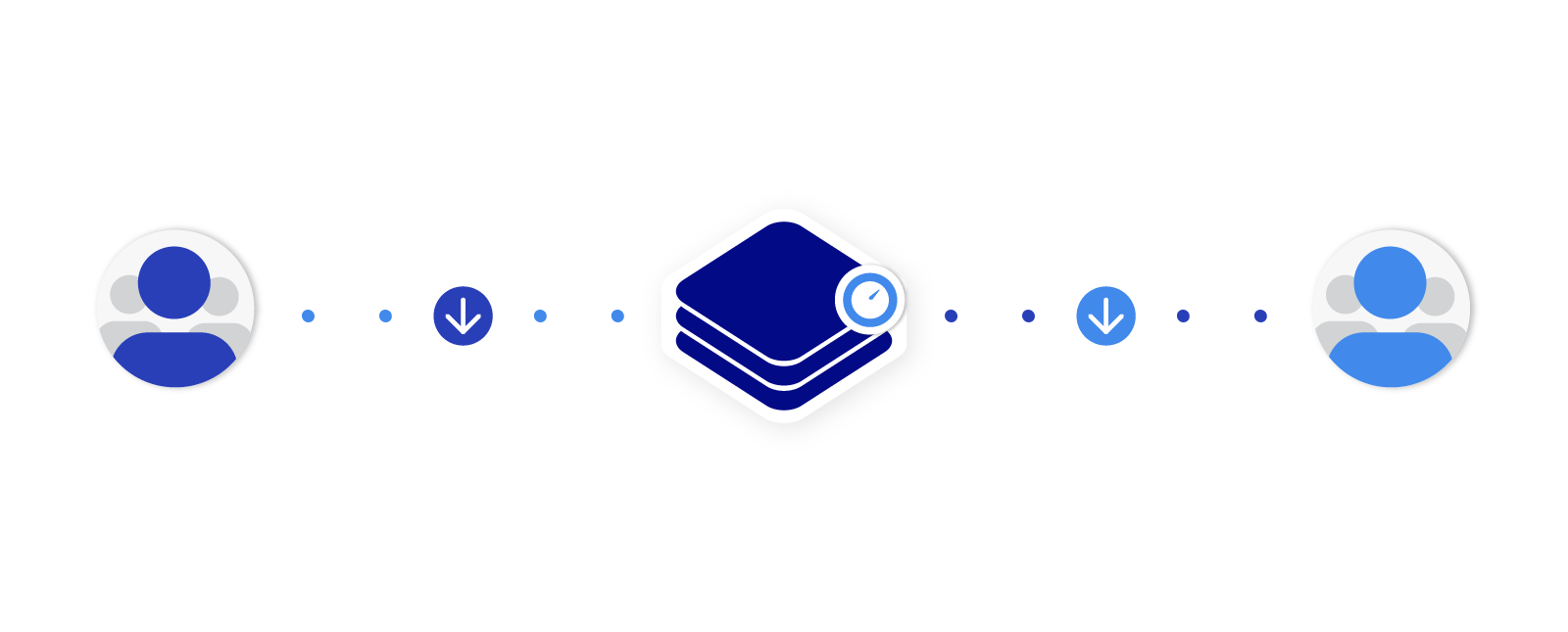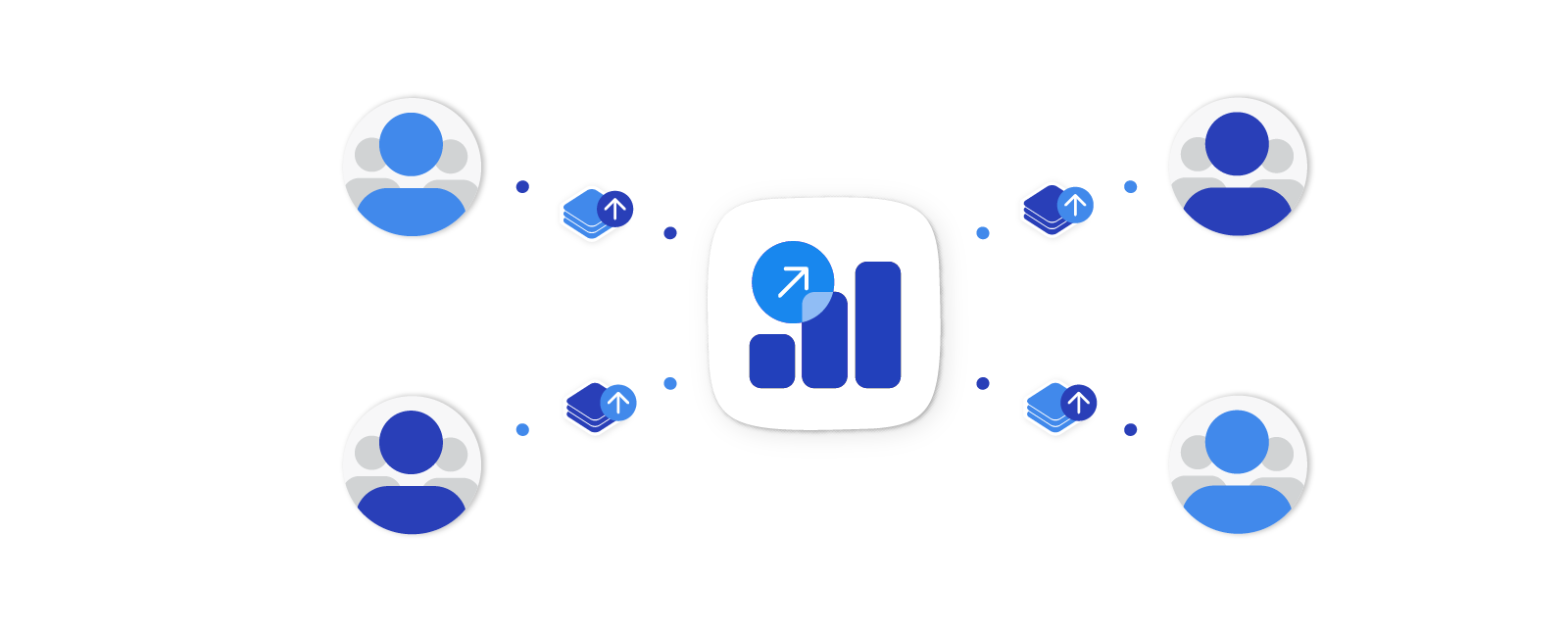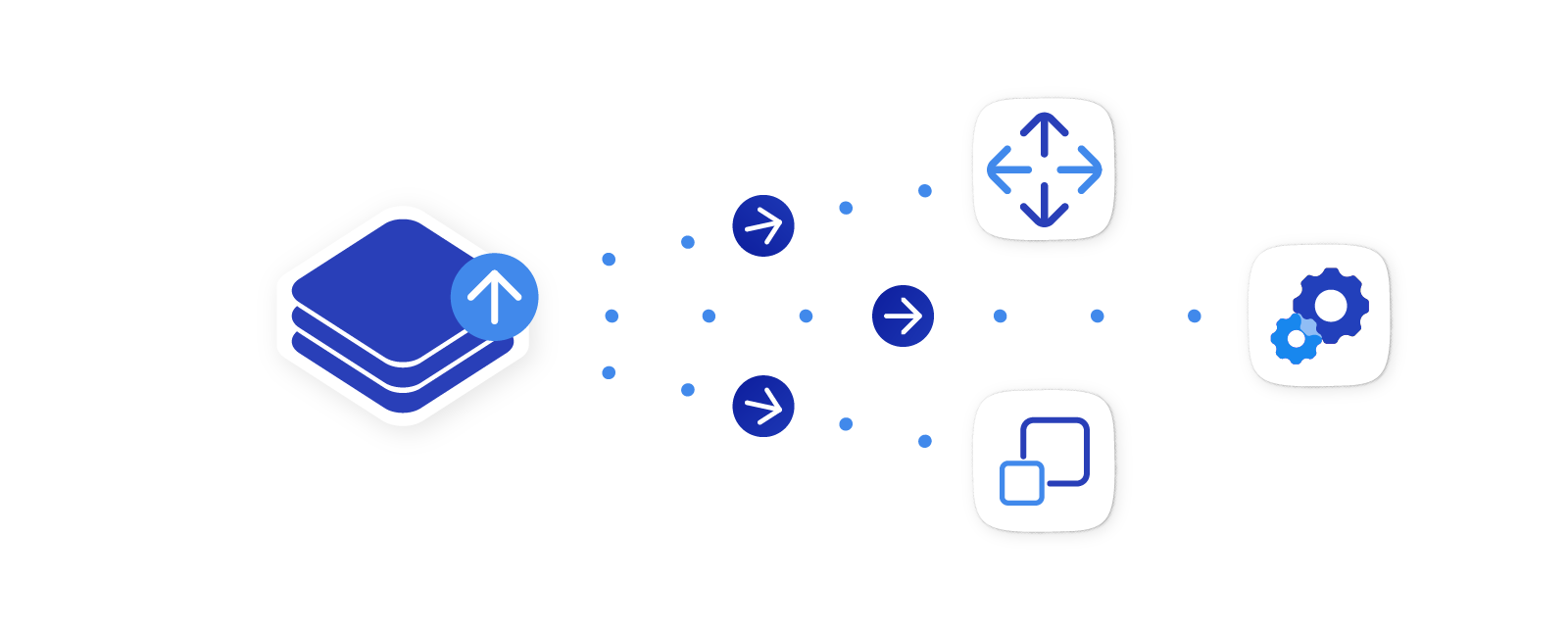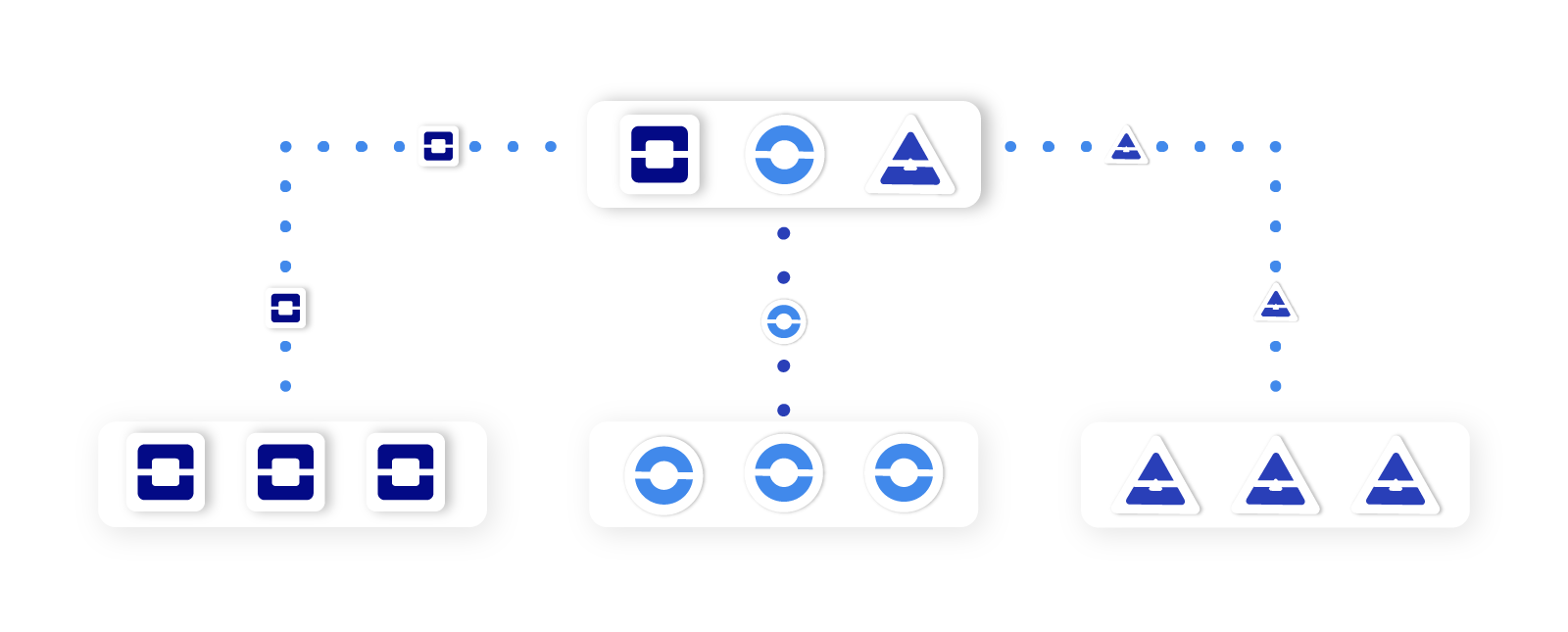In today’s ever-evolving business landscape, companies constantly look for ways to stay ahead of the curve. And when it comes to technology, the decision to stick with legacy software or take a risk on new cutting-edge solutions is a crucial one.
Many executives mistakenly believe sticking with established software is the safer choice, holding their company back. They’re missing benefits, from increased efficiency to improved customer experience. This article will explore why clinging to outdated software is a mistake and why it’s time to look to the future. So if you’re wondering whether it’s time to upgrade your software, it’s best to keep reading.
“The Devil You Know”
For many companies, sticking with the “devil they know” in legacy software may be preferable in certain situations. Familiarity and substantial investments in the existing software can lead to companies choosing not to upgrade or update to new systems. The potential risk of unanticipated problems and complications and the employee learning curve may cause more disruption than desirable.
The existing system also gives companies an element of predictability and security in that they know what to expect from it and have a trusted relationship with the vendor for maintenance and support. This level of stability outweighs the benefits of adapting to a new system, which comes with diverse unknowns.
Therefore, the saying “better the devil you know than the devil you don’t” often holds for companies deciding on their software systems, opting to stay within their comfort zone by continuing with legacy software despite its flaws.
But do the risks outweigh the potential benefits of new technology?
No Risk, No Reward
As the business landscape is rapidly changing, executive leaders must be willing to take calculated risks regarding new technology or software. While sticking with legacy systems may be safer, companies that adhere to this path risk being left behind by competitors embracing cutting-edge technology.
Executive leaders can benefit from many positive outcomes by taking risks on new technology and software. First and foremost, they will have access to improved performance capabilities and opportunities for greater efficiency that can positively impact customer experience and accelerate operations. Additionally, innovative solutions can boost employee morale and productivity by promoting a culture of innovation and creativity throughout the organization.
Implementing new technologies grants organizations abundant resources for learning and experimentation to unlock more significant potential over time. Cultivating different strategies enables them to develop more comprehensive plans, such as those designed for customer engagement and digital transformation. Moreover, taking risks with technology can open new doors for companies and overcome previous limitations holding them back. That leads to a shift from a restricted market position to a more accessible one.
Finally, investing in first-to-market solutions will give a competitive advantage, allowing companies to make huge advancements toward future growth. Because new technologies like AI and ML are readily available, there are substantial opportunity costs, resulting in the potential for increased short- and long-term profitability, making them an attractive investment option.
Relying on legacy systems should come only as a last resort, as numerous risks are associated with their usage. Executives need to weigh the potential benefits of staying the course versus the cost of switching over before deciding which system is best for their organization.
Speed, Agility, and Data-Forward
New software solutions are increasingly appealing to businesses because of their versatility, scalability, and ability to streamline operations. Customizability allows companies to tailor the solution to the specific needs of their business while rapidly deployable solutions minimize downtime and enable companies to get up and running quickly. Connecting data from multiple sources is also crucial for increasing efficiency, as organizations can analyze large datasets in real time.
Seamless Integration and Compatibility with Existing Systems
It’s vital to ensure that prospective modern software solutions interface with existing frameworks without requiring a complete overhaul of the existing architecture and software applications. This level of compatibility helps ensure seamless operation between old and new systems.
Scalability and Flexibility in Modern Software
Firms often need more time to update their software suite, but modern solutions are more cost-effective than legacy systems. By investing in modern software, companies gain automated workflows and improved security protocols that help them remain competitive amid changing industry dynamics. Moreover, software vendors now provide more personalized service packages with functionalities designed around clients’ objectives and preferences.
When considering new software solutions, scalability is another consideration—can the system meet defined requirements while accommodating future growth? Companies will want assurance they won’t outgrow a given system within months after deployment, which could lead developers to backtrack and implement costly third-party products or perform complicated reconfigurations to optimize performance. Scalable solutions provide organizations with the flexibility necessary to keep up with changing market conditions while staying within budget.
Industry-Specific Software for Enhanced Capabilities
Modern software solutions offer businesses powerful tools that make short work of outdated legacy programs while providing cutting-edge technology. Designed around specific industries or expertise areas, they allow executives peace of mind and enhanced capabilities previously unavailable with other products on the market.
Prepare Yourself for AI
Organizations must be collected and organized systematically to leverage AI. That means sorting through data sources such as online databases, spreadsheets, and archived paper records that contain meaningful insights about customers and products. The data must be processed and analyzed in a context-relevant manner.
The Importance of Data Organization and Cleaning in AI Adoption
Once all the relevant data is acquired and cleaned up, companies need to enrich it by adding additional layers of semantic meaning to the datasets. By applying natural language processing algorithms, companies can extract more valuable insights buried deep in customer conversations or published documents. Through a process known as semantic enrichment, you can gain a deeper understanding of the value of a particular data point within a dataset.
Finally, with all the information gathered and enriching methods applied, companies must ensure that the dataset is consistent and has minimal anomalies before plugging it into an AI system. They must also identify any potential issues with machine learning, such as lingering bias within the datasets or any pre-existing discrepancies that may have existed since the initial data collection. Without being meticulous during this step, it may lead to inaccurate interpretations of results, which could gravely impact planning and decision-making if not addressed early on.
Data organization and cleaning, therefore, provide an essential foundation on which AI applications such as predictive analytics solutions are built successfully and are fundamental tasks when attempting to incorporate AI into business operations effectively. Without deep diving into these processes beforehand, companies may struggle to derive all the advantages of implementing this intelligent technology going forward.
The Need for a Paradigm Shift from Risk Aversion to Innovation
Businesses today face a crucial decision regarding their software systems—whether to stick with legacy software or take a risk on new cutting-edge solutions. While sticking with established software may provide a sense of familiarity and stability, it also holds companies back. It prevents them from accessing benefits such as increased efficiency and improved customer experience. Taking calculated risks on new technology and software solutions can provide many positive outcomes, including improved performance capabilities, opportunities for greater efficiency, and new doors leading to market access and future growth.
With modern software solutions offering powerful tools that make short work of outdated legacy programs, companies can streamline operations and remain competitive amid changing industry dynamics. Rather than clinging to the past, executives must be open to exploring new possibilities and investing in the latest software to ensure that their companies remain competitive and future-ready. It is time for executives to shift their mindset from risk aversion to innovation and progress.
Staying ahead of the competition is what drives us at Kizen. We build industry-tailored, revenue-driving tools to supercharge your business operations with data. We have the resources and expertise to deploy in weeks without disruption and future-proof technology that keeps your organization agile. Connect with us on our website, and we’ll schedule a time to chat.











